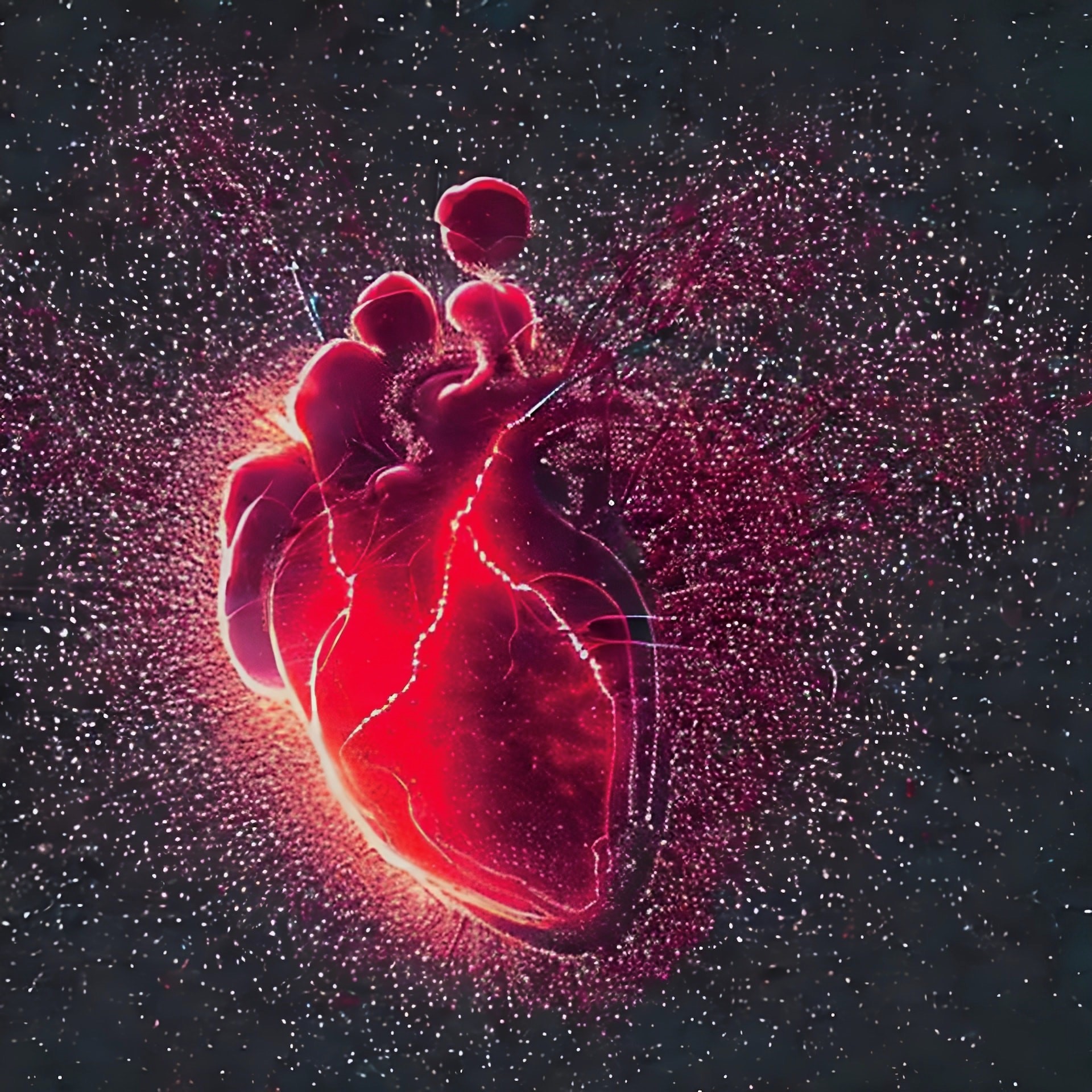New phase in new building Animal Research Facility
Maastricht University (UM) has begun applying for building permits for its new Biomedical Centre (BMC). If all goes according to plan, construction will begin early next year. The building is scheduled to open in 2021, a state-of-the-art facility in Randwyck where laboratory animals (mainly mice and rats) will be housed and experiments conducted. Animal testing remains a necessary part of scientific research on treatments for diseases such as cancer and diabetes. At the same time, UM researchers are working hard to develop alternatives to animal testing.
The animals’ living quarters in the current BMC have been designed in accordance with the latest insights. The research rooms, too, are fit for purpose and minimise any discomfort for the animals. Both the carers of the animals and the researchers conducting the experiments make every effort to maximise the wellbeing of the animals. The new building, which will also have a pasture for larger animals such as pigs, sheep, goats and rabbits (a few dozen per year), will contribute to this effort.
Why are we still testing on animals?
Although the number of experiments using animal subjects has decreased in recent years, they will remain necessary in the coming decades to further improve medical care. UM scientists are on a daily quest for more effective treatments and drugs for cancer, cardiovascular diseases, Alzheimer’s, diabetes and more. Where alternatives are available, laboratory animals may not be used for research in the Netherlands. UM researchers are among the many scientists worldwide working to develop alternatives, such as computer and cell models. As yet, however, there are no alternatives for imitating complex mechanisms of the human body that are as reliable as the animal model. Until such alternatives are found, the use of laboratory animals is unavoidable: legally, every new medical treatment must first be tested on at least two different animal species before a study using human participants can be approved.
Reactions from the board and the scientific world
UM president Martin Paul emphasises that the university fully supports the Dutch policy on animal testing: replacement, reduction and refinement (known as the three Rs). “All animal tests performed here have been approved by the government and meet strict guidelines. The moment things can be done differently, we’ll stop using laboratory animals. But as long as animal testing remains the only route to the improvement of treatments for diseases like cancer and diabetes, we believe it’s important that our employees have the best possible facilities. That’s why we need the new BMC.”
Leon de Windt, professor of Molecular Cardiovascular Biology and project leader of the new BMC, is pleased with the development. “The design of the building meets all the latest requirements of the government, scientists and laboratory animals for this type of research. Scientists who do this kind of work love animals, just like everybody else. But they also want to bring the cure for cancer and cardiovascular diseases closer. To that end it’s crucial for the university to make this investment.”
Facts and figures
The new BMC will cost €22 million. The building will be located on the Maastricht Health Campus in Randwyck, on the corner of Universiteitssingel and Oxfordlaan. More facts and figures are available on the webpages about the new centre.
Read more on the BMC website
Also read
-
With the tear fluid research set up by Marlies Gijs, she is doing groundbreaking work.
-
Cutting-edge magnetic and acoustic levitation will bioprint heart models to improve protections against radiation in space and on Earth.
-
Type I diabetes is an autoimmune disease in which the body's own insulin-producing cells, located in the islets of Langerhans, are destroyed by the body itself. Instead of continuous insulin injections, patients have the option of clinical islet transplantation. This involves placing donor islets in...


